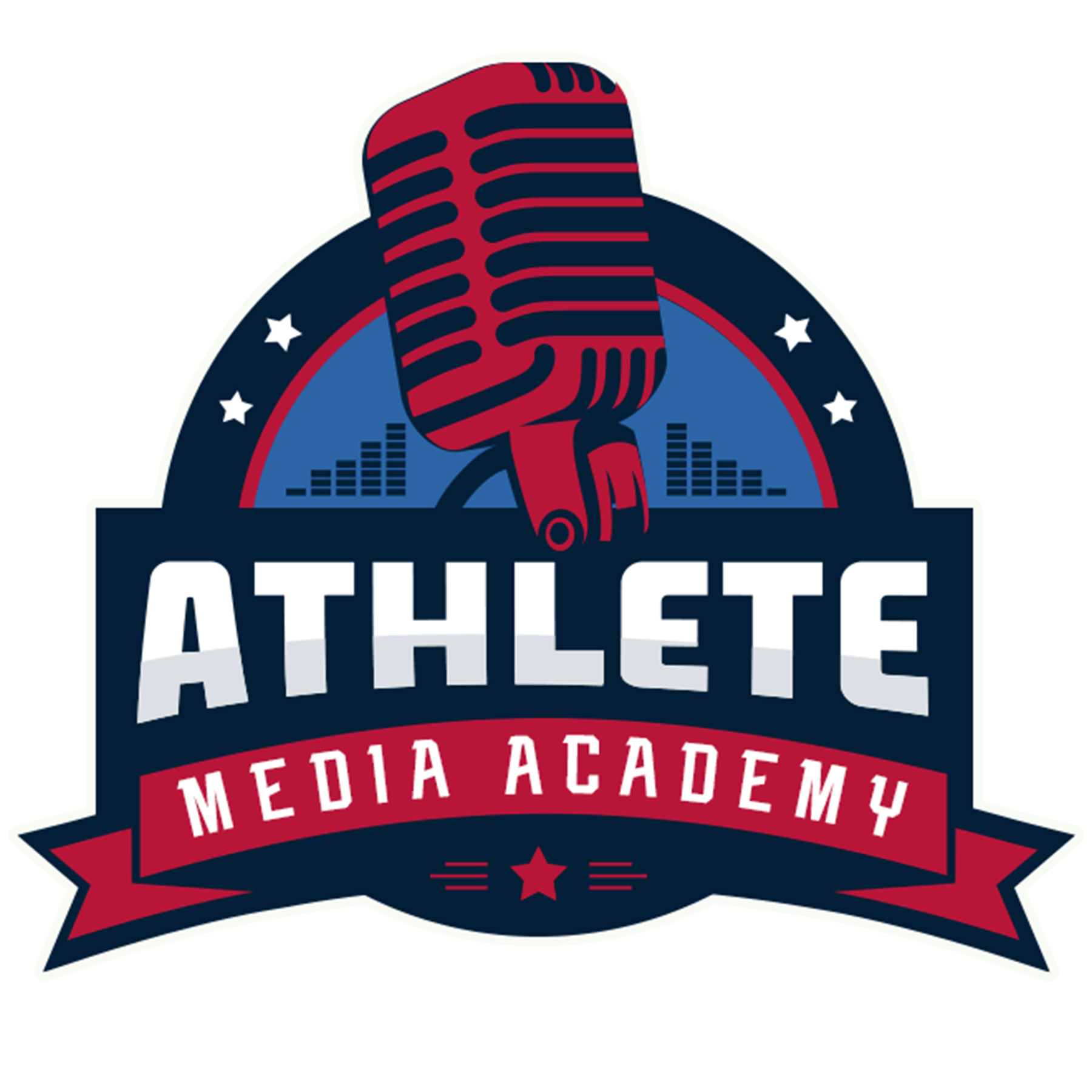Lesson 4: Common Branding Mistakes
Athlete Media Academy
Module 2: Social Media & Personal Branding
Section 1 – Lesson 4: Common Branding Mistakes
Lesson Overview
While building a strong personal brand is essential for athletes, it is just as important to avoid common branding mistakes that can damage their reputation and limit opportunities. This lesson explores frequent missteps athletes make when shaping their brand, providing guidance on how to recognize and correct these issues to maintain a consistent, authentic, and marketable image.
Learning Objectives
By the end of this lesson, athletes will be able to:
✅ Identify common branding mistakes that athletes make.
✅ Understand the consequences of inconsistent or unmanaged branding.
✅ Learn strategies to avoid and correct branding missteps.
✅ Implement proactive approaches to maintain brand integrity.
Section 1: Common Branding Mistakes and Their Impact
Many athletes unknowingly make mistakes that weaken their personal brand. These errors can affect sponsorship opportunities, media relationships, and fan engagement.
✔️ Inconsistency Across Platforms: Different messaging and tone across social media, interviews, and public statements create confusion about an athlete’s identity.
✔️ Lack of Authenticity: Trying to create a persona that doesn’t align with personal values often leads to a disconnect with fans and sponsors.
✔️ Failure to Engage with the Audience: Athletes who do not interact with fans, sponsors, and media may struggle to build a loyal following.
✔️ Ignoring Reputation Management: Allowing others to shape their brand without strategic oversight can lead to misrepresentation.
✔️ Over-Sharing or Controversial Content: Posting inappropriate or controversial content on social media can damage credibility and partnerships.
Section 2: Strategies to Avoid Branding Pitfalls
Athletes can take proactive steps to prevent these branding mistakes and strengthen their image.
✔️ Establish a Consistent Brand Message: Maintain the same values and tone across social media, interviews, and sponsorships.
✔️ Stay True to Your Identity: Authenticity builds trust and creates meaningful connections with fans and brands.
✔️ Engage Regularly and Responsibly: Interaction with the audience should be thoughtful and align with personal and professional goals.
✔️ Monitor and Manage Reputation: Athletes should take charge of their brand by tracking media mentions, social media presence, and public perception.
✔️ Think Before You Post: Every social media update should reflect the values and image an athlete wants to maintain.
🔹 Activity: Athletes review their social media and public content to identify any inconsistencies in branding and create a plan for adjustments.
Section 3: Recovering from a Branding Mistake
Even the most well-managed brands can face challenges. Knowing how to recover from a branding mistake is key to protecting long-term opportunities.
✔️ Acknowledge the Issue: Recognizing a misstep instead of ignoring it helps regain credibility.
✔️ Take Corrective Action: Removing problematic content, clarifying miscommunications, and reinforcing brand values can rebuild trust.
✔️ Address the Audience Appropriately: If needed, a well-crafted public response or apology can help repair reputational damage.
✔️ Learn and Grow: Use branding mistakes as learning experiences to strengthen future brand decisions.
Final Takeaways & Next Steps
✔️ Final Activity: Athletes develop a Brand Audit Checklist to review their current brand image, ensuring it aligns with their long-term goals.
✔️ Key Takeaway: Avoiding common branding mistakes requires self-awareness, strategic planning, and a commitment to authenticity.
✅ Next Steps:
- Conduct a personal brand audit to identify areas for improvement.
- Develop an action plan for maintaining consistency and authenticity in branding.


checklist for lesson 4